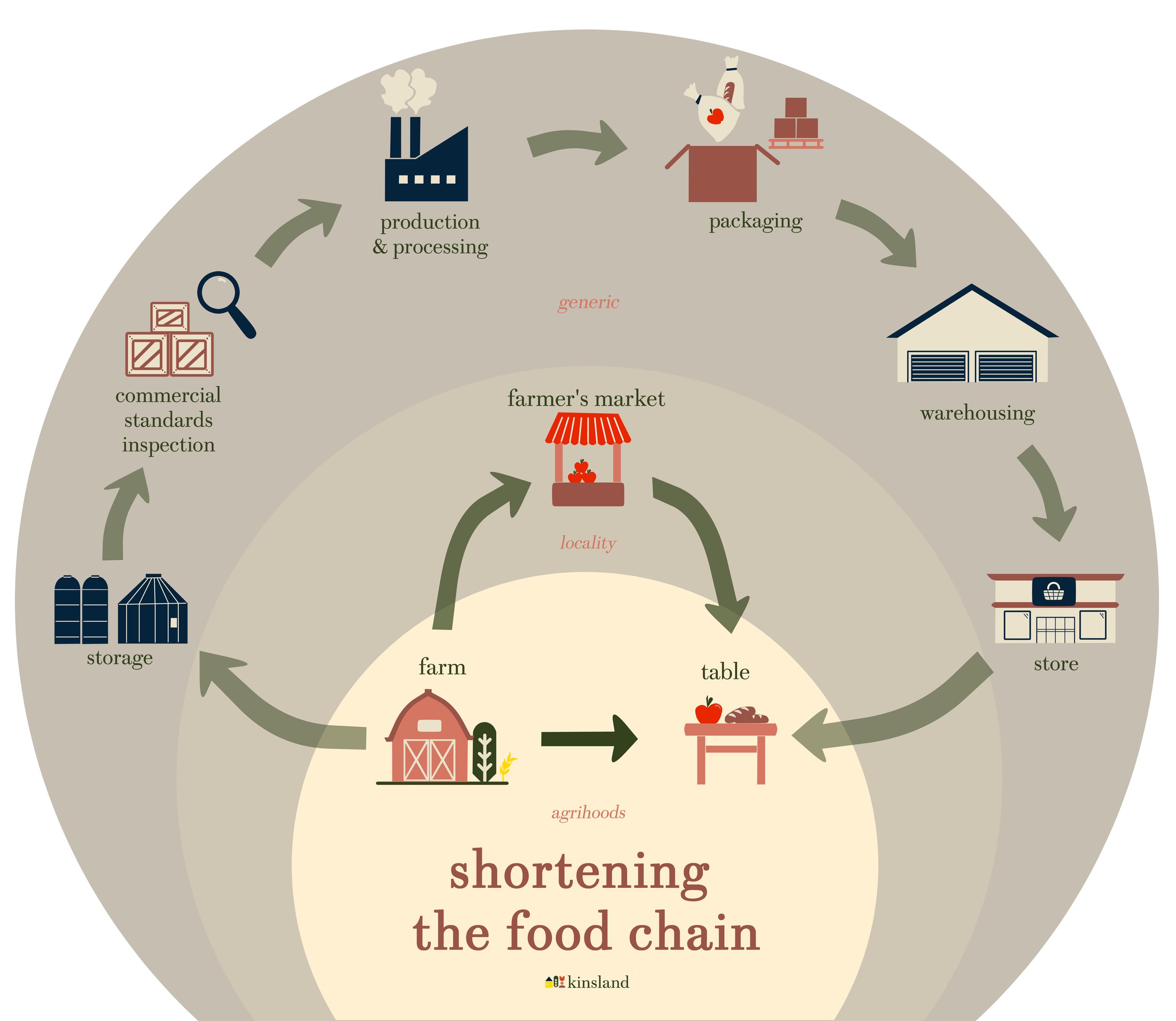
Agrihood: a place to build a healthier, more connected world through tending and caring for the land.
An agrihood takes living in harmony with nature to another level. Built around working farmland, gardens, and nature-centric community spaces, agrihoods combine the best aspects of comfortable suburban living with an inherently sustainable natural and agricultural environment.
Simply put, agrihoods offer comfortable space for working, living, and growing (in the ground, and at home), and are a desirable option for people seeking to unplug from city life by living organically.
What is an Agrihood?
Accordingly, Agrihoods have innumerable benefits for residents and the environment alike. Typically, they are designed to be walkable and include trails, parks, and other green spaces designed to promote creativity and foster engagement with the land’s natural features.
These features also promote community closeness, with the hopes that a shared sense of purpose and like-mindedness among residents will create lifelong relationships among neighbours.
Benefits of an Agrihood
“Argihood is defined as single-family, multifamily, or mixed-use communities built with a working farm or community garden as a focus.”
From Urban Land Institute, Washington DC, USA
Concept/Vision of Kinsland
8. Connections to surrounding neighbours and communities.
9. Active transportation features
10. Walking/CyclingTrails
11. Edible landscaping/Food Forest
12. Clubhouse or community center
13. Shops and restaurants
14. Proximity to schools and other important community features
1. Conservation area
2. Protected farmland and Wetlands
3. Food-production space
4. Farm service area
5. Event/gathering space
6. Mix-Style homes for multi-generations
7. Farm stand and market











